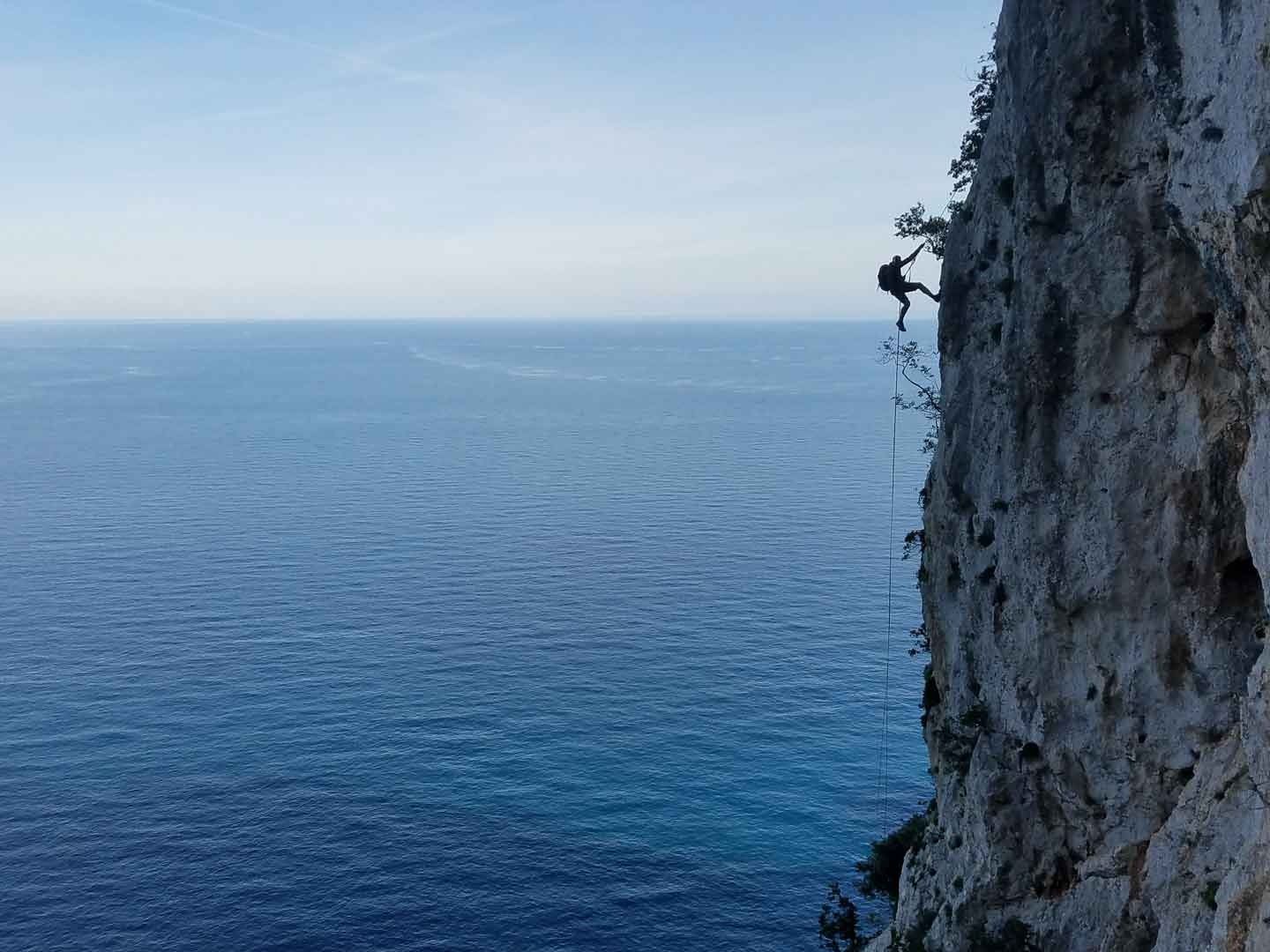In 2019, Jana Paremoud climbed the 4,478 metre-high Matterhorn, a feat involving hours of grade two and three scrambling on exposed Alpine terrain. Whilst this is inspiring in itself, it’s even more so considering that until relatively recently, Jana had a crippling fear of heights.
“I think it's a fear that I've had my whole life - it’s in some of my earliest memories,” she says, “Back when we lived in Russia, we had a balcony on the fifth floor and sometimes my parents would pick me up, so I could see beyond the railing - I remember that being really scary for me.
“It's a fear that has been very persistent. Even doing an internship in college, I remember being scared walking by the window in a conference room on a higher floor. The really big thing for me was flying. We flew here from Russia and after that I refused to do it again.”
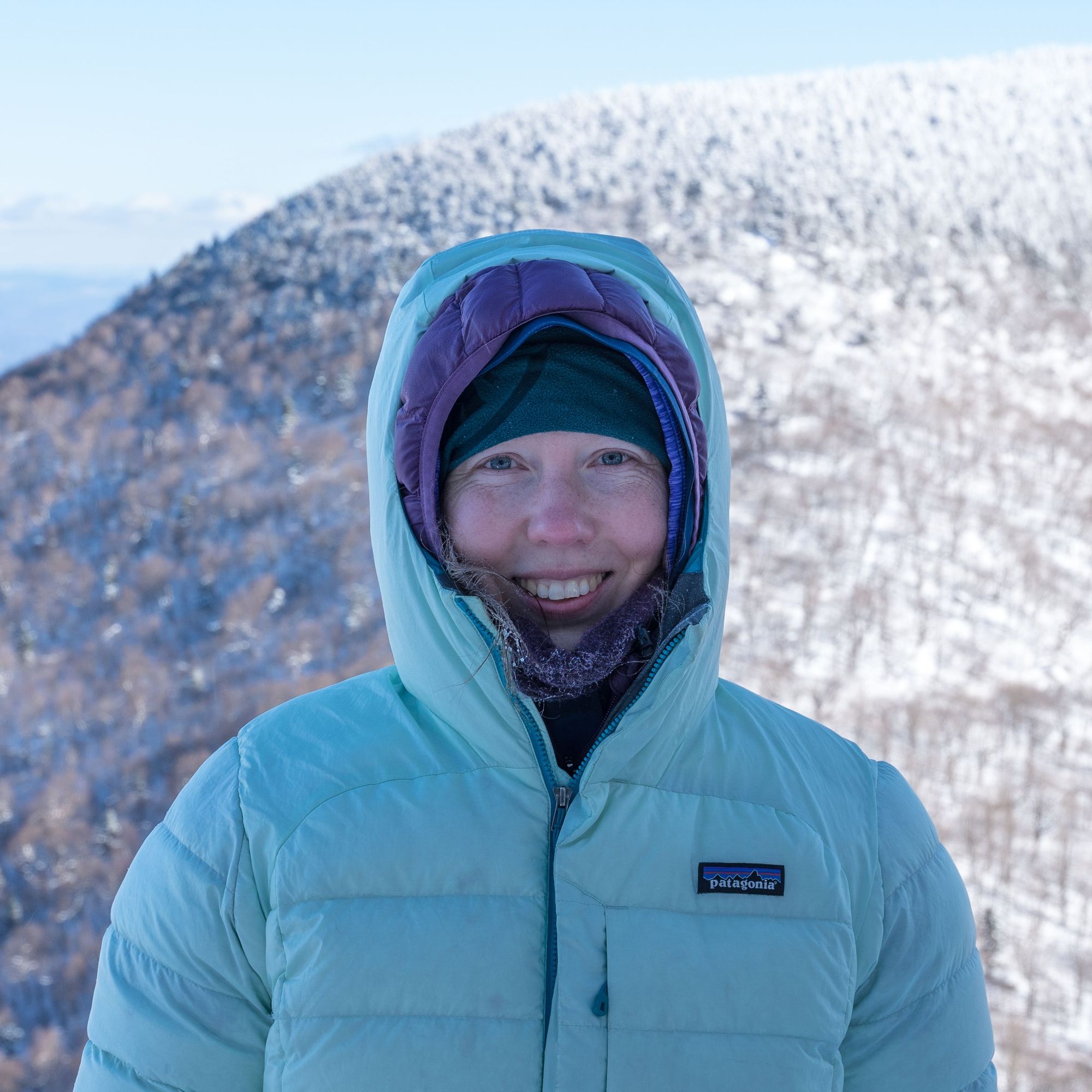
Jana’s fear of heights - also known as acrophobia - is not uncommon. Various studies indicate that between three to six percent of the population are acrophobic, but that ‘visual height intolerance’ affects between 25-30% of us. It’s a fear that often rears its ugly head when you’re rock climbing, or doing a clifftop walk - or it might prevent you from doing these types of adventures at all.
The good news: it can be overcome. We spoke to two inspirational climbers and outdoor leaders - Jana Paremoud and Will Legon - about how they’ve managed to get over their own fears, and how they help others to do the same.

Understanding the Fear Response
Will Legon runs a course called Overcoming Your Fear of Heights. He initially started to help an acrophobic friend, but in his own words, is "not a natural when it comes to heights" either. In the 17 years he’s been running it, he’s learned a lot about what happens in our brains when we’re exposed to something we find frightening - he cites Steve Peters’ The Chimp Paradox as a particularly useful resource.
“We have a part of our brain that creates the fear response. It's called the amygdala and it’s the size of an acorn. It serves a purpose: it helps us respond to stimuli,” Will says. “If we're driving down a motorway at speed, and a car in front of us suddenly brakes, we respond to it. There's a bit of the brain Steve Peters calls the computer (the parietal system). And the computer says, ‘bloody hell, I’ve seen this situation before, we're going to send it down to the amygdala’, the fight or flight part of the brain.
“The amygdala says: ‘here’s a threat’. It pumps us full of adrenaline, makes our heart beat faster so we can get oxygenated blood to the muscles and we're in a position to fight or run away. It will tell you to do a left turn, or pump the brakes - you’ll perform these actions, you’ll survive, and the computer gives the amygdala a high five. And you give yourself a pat on the back because you did the right job, and reinforce those neural pathways.”
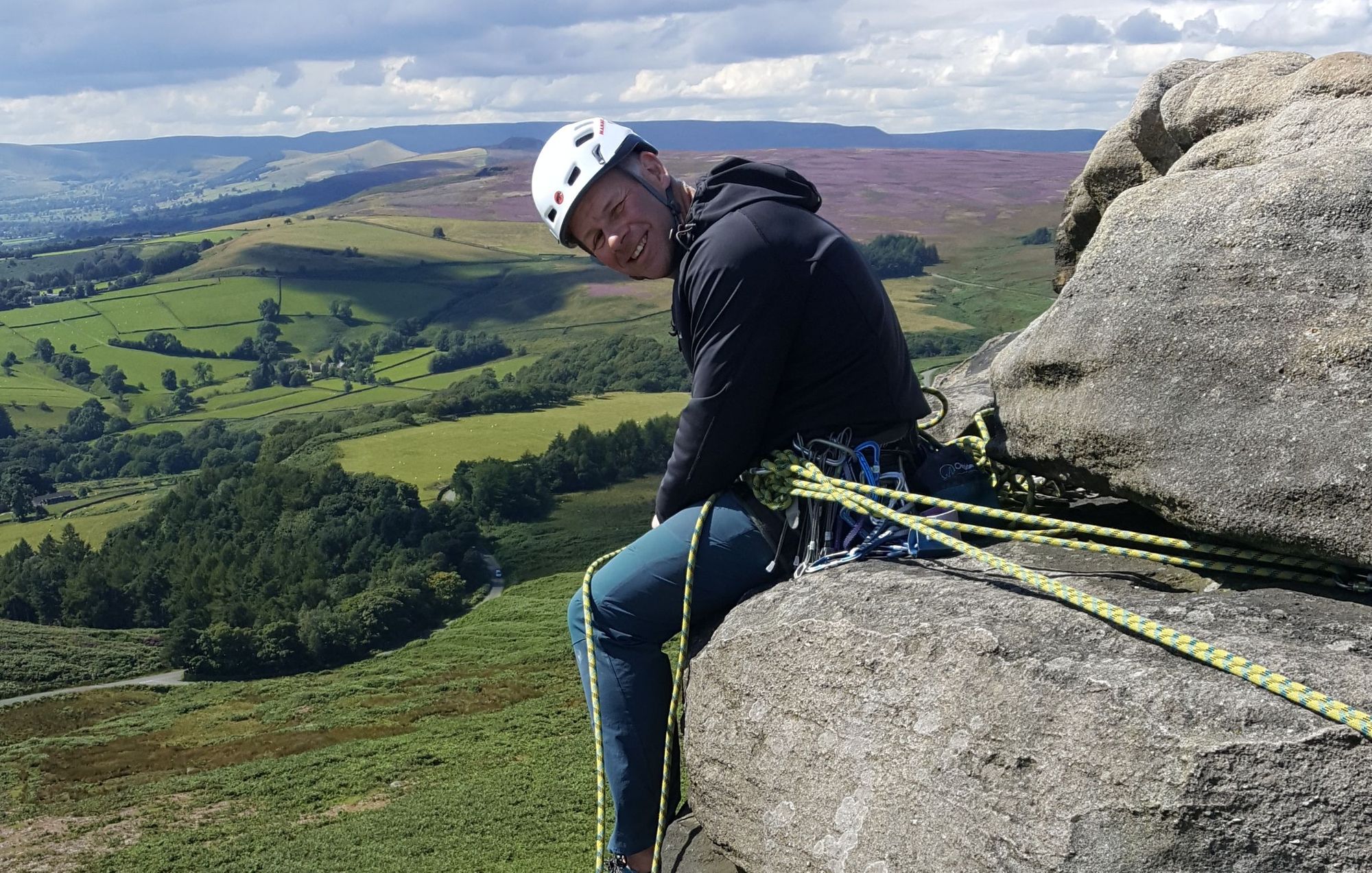
This example shows how necessary the amygdala is to our survival. However, during a phobic fear response, the amygdala is getting activated according to a perceived threat, rather than an actual threat - an example being Jana walking past the window of the conference room during her internship. The more often this chain of reactions takes place, the more deeply embedded a fear becomes.
“It will just grow. The more you avoid confronting a fear, the bigger it grows in your head until it takes up such an oversized place that it really becomes absolutely terrifying and a really, really big deal,”Jana says.
So why do people have this phobic response in the first place? There are a variety of reasons, according to Overcoming Phobias: A Practical Guide. They range from having a traumatic experience in early childhood to observational learning (witnessing someone with the same phobia as you). There are also a series of risk factors which increase the likelihood of developing a phobia, ranging from your stress tolerance to your cultural background.
The more you avoid confronting a fear, the bigger it grows in your head until it takes up such an oversized place that it really becomes absolutely terrifying
“My dad had a crippling fear of heights,” Will says. “I remember being on the battlements at Framlingham Castle in Suffolk when I was about six or seven. This is the 1970s pre-health and safety - there's no handrails. I'm dancing along the top; my dad is super-glued on all fours. I asked him what was wrong, and he said ‘I have a really bad fear of heights, William.’ I think that was when I learned that you can be afraid of heights.”
But however your fear of heights has come about, the good news is that you can learn to overcome it. The bad news - you’ll have to do so by facing it head on.
Changing How You Think About Heights

Jana was almost 30 when she decided that enough was enough, and it was time to start tackling her fear of heights head on.
“I decided to go skydiving for my thirtieth birthday,” she says. “I didn't tell anyone because I didn't want people to have input one way or the other - I thought it would really get in my head and I was already really terrified.
“I went to the skydiving place and they told me I was more likely to get in a car crash on the way over than to have something happen while skydiving. But somebody actually rear-ended me on my way over."
Even so, she went through with it. “I just went up in a plane. I was still really scared and for the exit, I just closed my eyes and let myself go with the instructor. I felt really amazing once that parachute opened.”
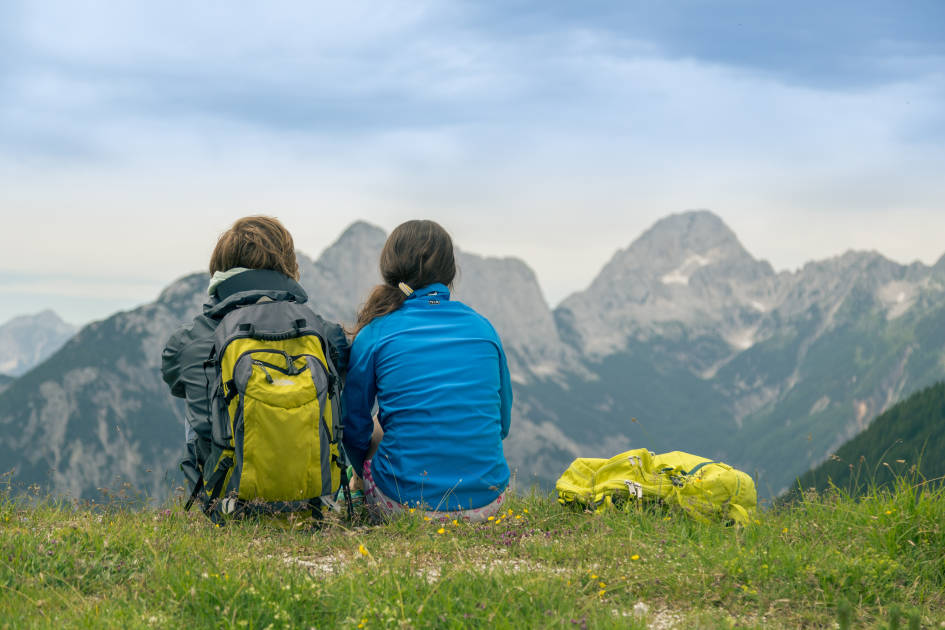
The tradition continued. For Jana's 31st birthday, she walked around the edge of the 116-storey CN Tower in Toronto (wearing a harness), and for her 32nd, she attended trapeze school in New York.
“I did this in combination with other things. I was doing a lot more rock climbing, for example, and going up into the mountains, where it might require technical ropes,” Jana says. “I dealt with the fears the best way that I could. It sounds a little funny, but it's almost like your brain gives up. After a while, it gets a signal that it's okay, that you keep doing this thing that scares you over and over again and nothing bad happens.”
Of course, going skydiving won't work for everyone who has a fear of heights. Some people might prefer to start smaller. On Will’s course, clients take part in a series of activities that take them to increasingly high places - bouldering on a knee-high piece of rock, then moving up to waist height, for example.
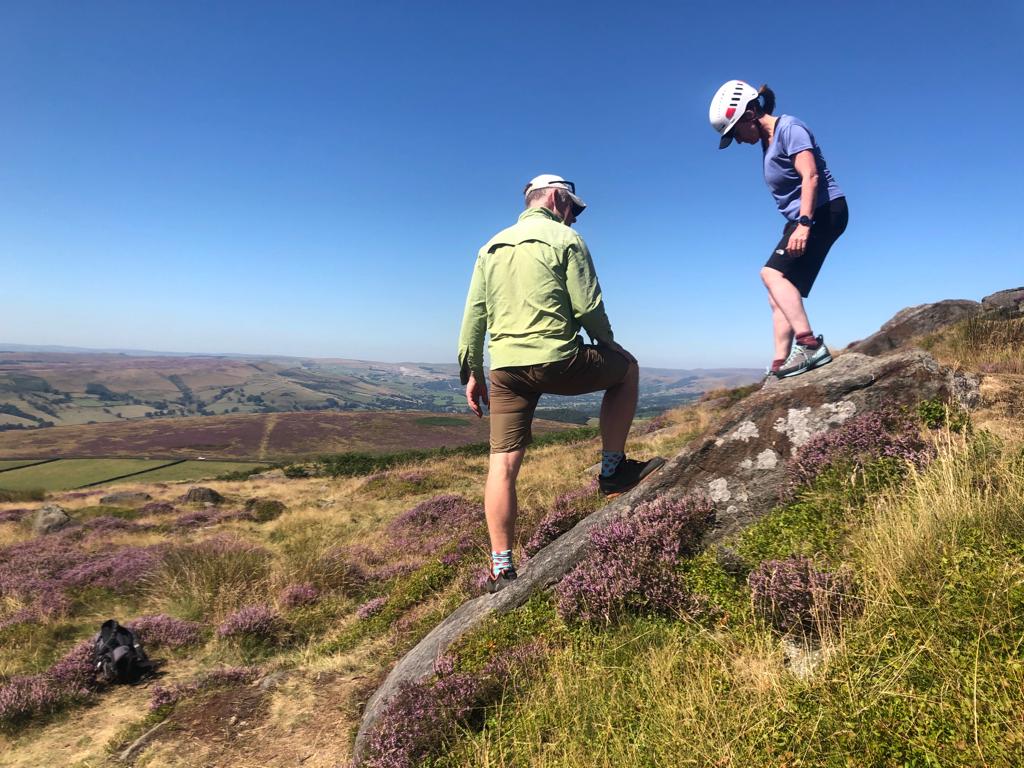
“Our skill is being able to gauge where people are just out of their comfort zone but not where they're so far out of it that it’s counterproductive. That’s our sweet spot. It can't be without challenge, but at the same time we can't freak them out. When people are out of their comfort zone they make progress, they achieve stuff that they get a buzz from and therefore, they create a new narrative,” he says.
Before getting outdoors, there’s a therapeutic component to the course. Clients learn a little more about their fear responses, and participate in hypnotherapy to help them relax at a more subconscious level.
When people are out of their comfort zone they make progress, they achieve stuff that they get a buzz from and therefore, they create a new narrative
“If people just meet us in the morning without having done the therapy first, they will be full of anticipation and nerves,” Will says. “What I want you to imagine is that in our head, we’ve got this bucket full of stress. You can have any number of taps that fill that bucket, but there's only one small hole at the bottom to let the stress out. “So, one tap might be ‘Shit. We're going abseiling today.’
“Then they turn up at the car park and they see a couple of tall, confident looking instructors with all their climbing kit and that will be another tap that starts running. Then it starts raining and then that's another tap. They didn’t sleep so well last night. That's another tap that's running and that stress bucket is filling up. So another reason for the therapy is to get into a more relaxed state, so that the bucket is empty or as close to empty as it can be when they arrive.”
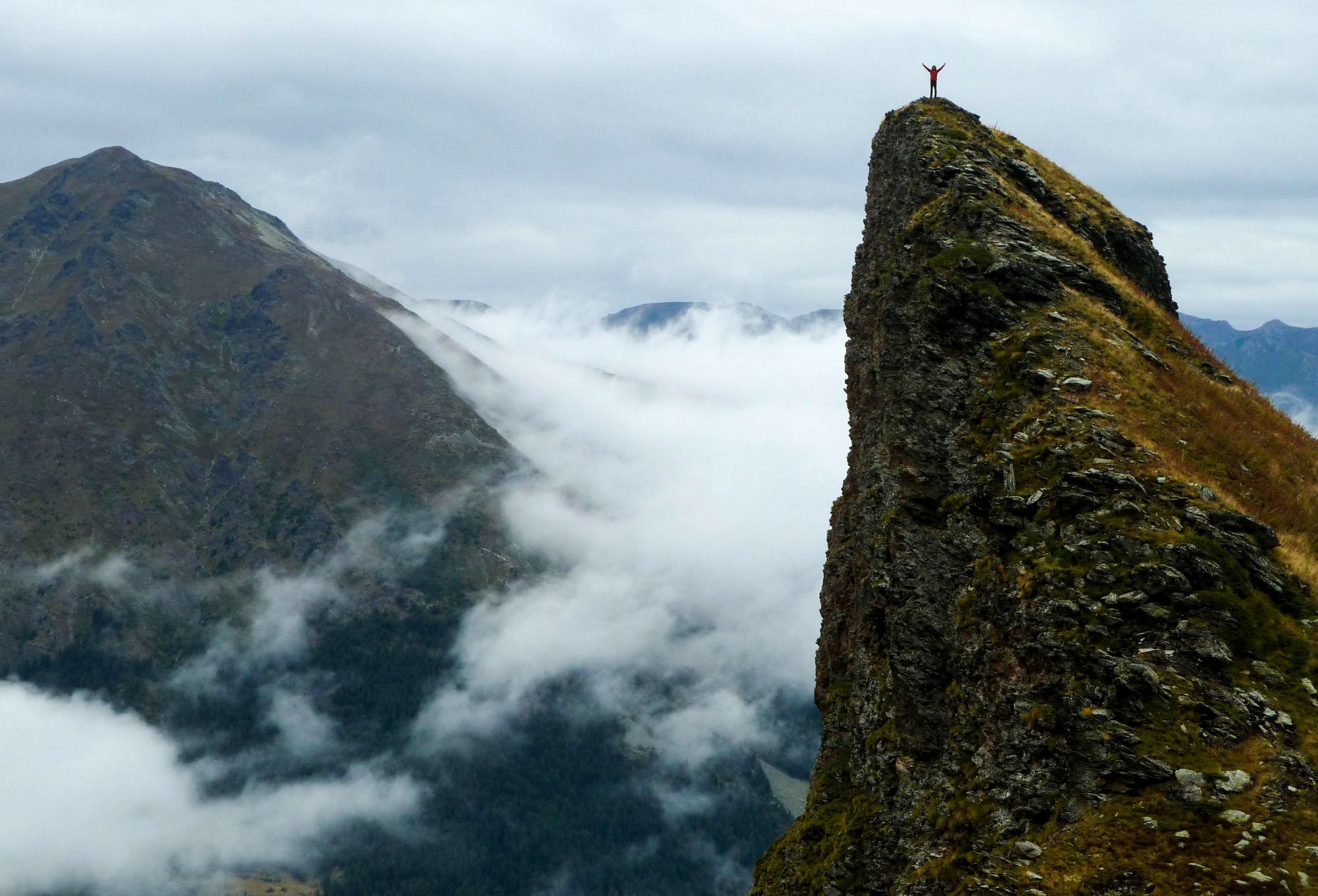
There are several ways of making sure your 'stress bucket' is empty before embarking on something that scares you. One way is to become aware of the different stressors that might be affecting you, and try and manage them individually.
For example, you might want to go on a hike with friends - not only are you worried about heights, you're also worried about slowing down your friends, or what they might think of you. Will suggests combating this by going on a walk by yourself or with a supportive partner, where it's all about you engaging with your fear of heights. Meanwhile, Jana suggests asking a lot of questions about an activity you're doing as a way to eliminate stress.

"For me, it was very comforting to ask the guides the first few times around about how the safety gear works," she says. "Most people in the outdoor industry, if they're good guides, are not going to have any issue explaining the safety precautions to you. At least rationally you have a little peace of mind, and know what you're doing is safe."
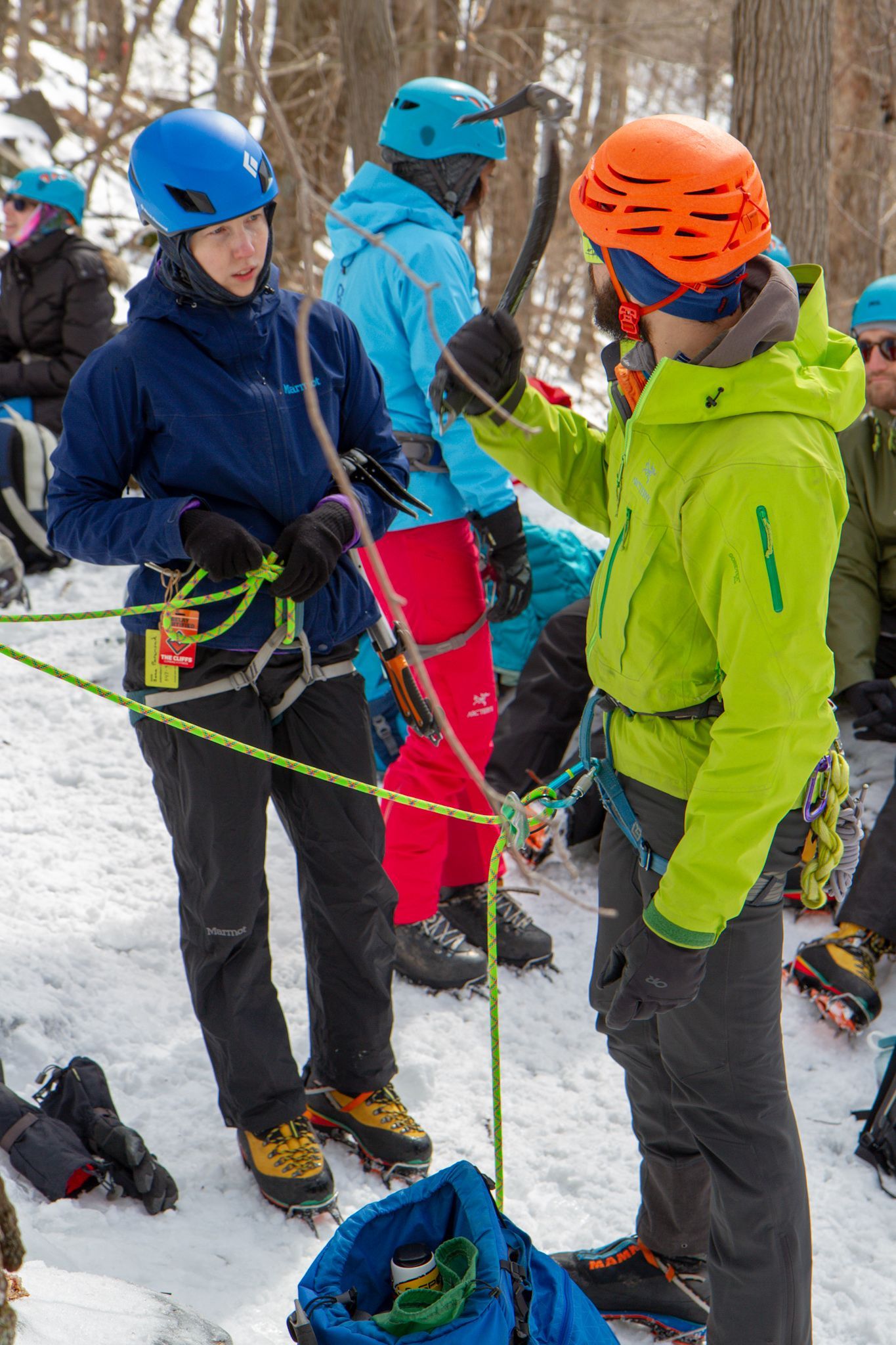
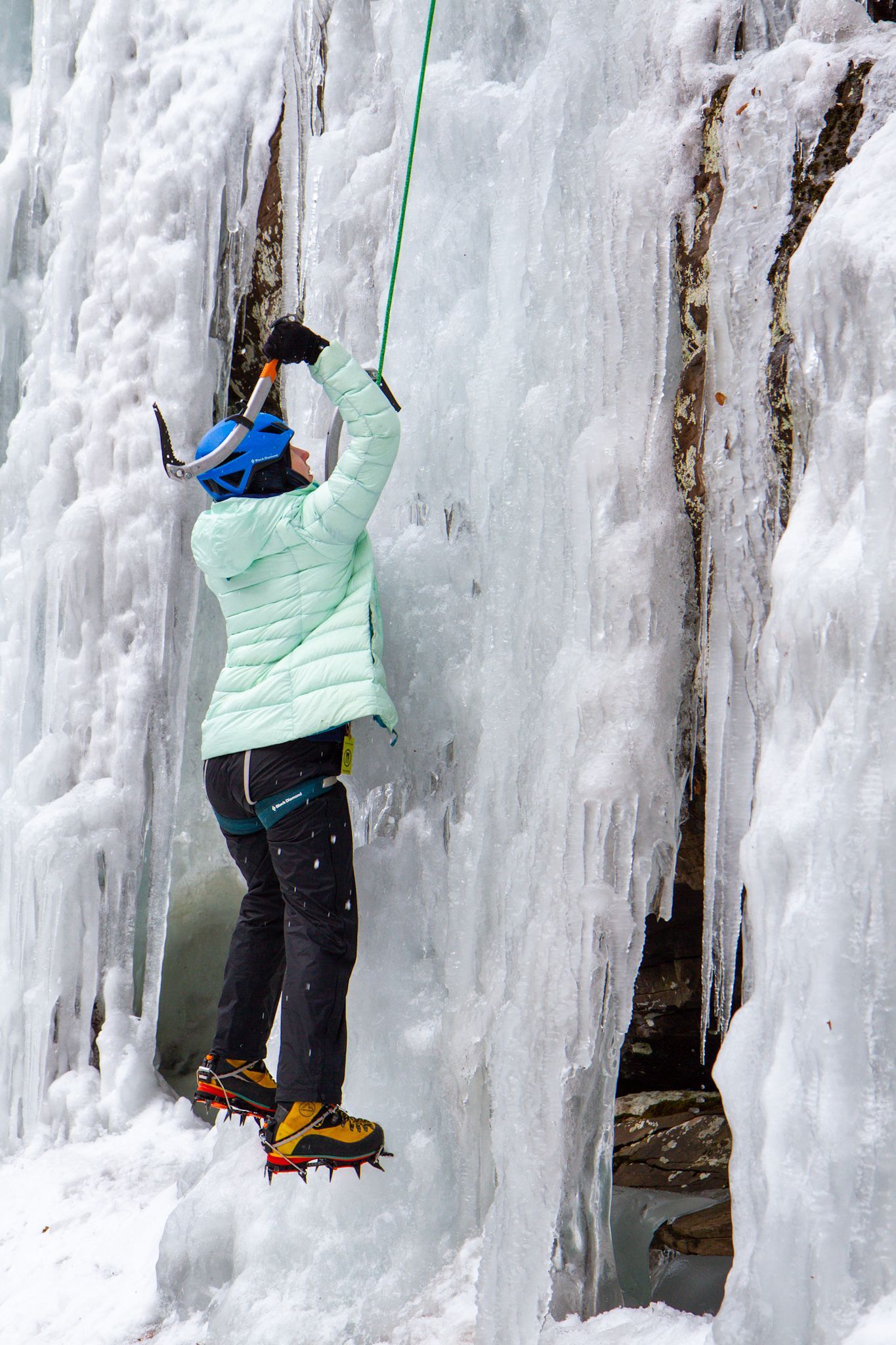
Jana, before and during a winter climbing session. Photo: Jana Paremoud.
Enjoying the Journey
Overcoming your fear of heights isn’t something that will happen over the course of a weekend, or even a year. Both Will and Jana still experience moments of panic, especially when climbing. But facing their fears, time and time again, has equipped them to deal with it.
“I just try to focus on the practical and not let my imagination get the better of me,” Jana says. “Let's say if you're on a multi-pitch climb and you're belaying the person that's leading, just focus on the motions of the belay and on doing what needs to be done. Because the opposite of that is letting your brain wander into potential scenarios of what could go wrong. I try not to do it because I think that is when your mind starts to spiral out of control.”
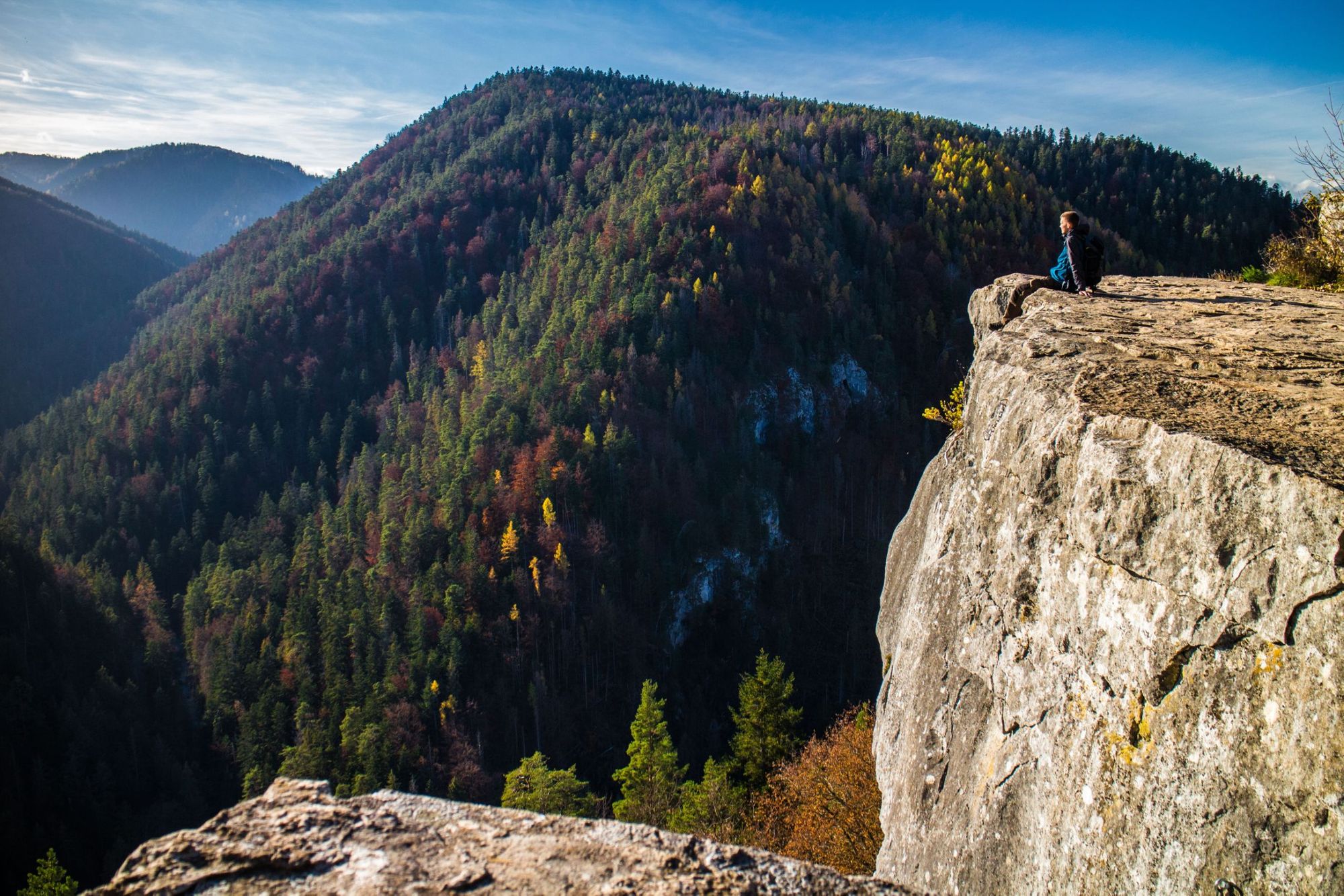
Will believes it’s important to rationalise your fear.
“I ask myself if my fear is serving any purpose now, or just going to get me into trouble if I dwell on it. I tell myself I’ve chosen this route because I know it's in my grade; I know I can climb this,” he says. “And I focus my energy on climbing intelligently, just as I teach people to do and I think about problem solving; I engage my rational part of the brain. At times, I've recited my phone number in reverse as I know that forces me to think, with the intelligent part of the brain, rather than my amygdala.”
“Johnny Dawes, a famous Peak District Climber, told me he takes a three second holiday. If he has a moment of panic on a route, he looks at a bit of rock in front of him for three seconds. He looks at the texture, if it’s dry or wet or if it’s got crystals in it - then gets on with the climb.”
I ask myself if my fear is serving any purpose now, or just going to get me into trouble if I dwell on it
Ultimately, in these moments of fear, you have a choice. To carry on, or turn around. Each time you choose to carry on, and complete the activity safely, you're reinforcing the idea that heights aren't necessarily dangerous.
“I know that there will be a moment of really intense fear, but once you get past that moment, the next time you’ll be a little less afraid,” Jana says. “I would just say to whoever might be reading this, I hope that you put yourself outside of your comfort zone as often as you can. Because that just makes your world grow, and ultimately, I think it makes you an all-around stronger person in all areas of your life, not just outdoor adventure.”
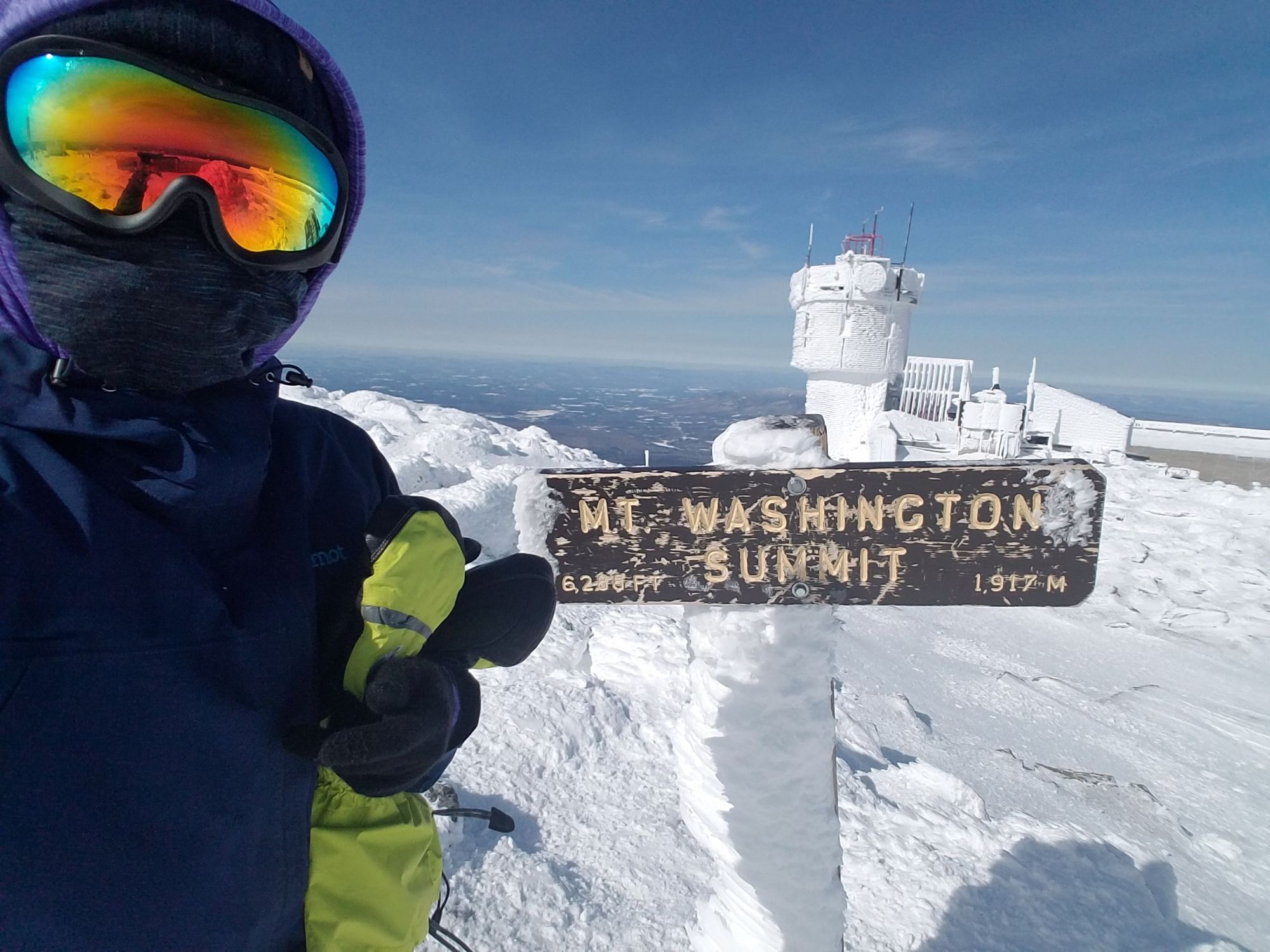
For Will, the journey of overcoming your fears can become an adventure in its own right.
“Recognising progress, recognising things you can do that you couldn’t do before is hugely satisfying in its own way,” he says. “Some people call it overcoming fear of heights, other people, the other end of the spectrum, call it climbing harder. It's a journey that we can enjoy and that we can mark and measure progress on. There's going to be good days and there's going to be bad days as well. But it opens up a completely new life.”
Inspired? If you're looking for a height-based challenge, check out our Mountain Climbing Adventures.


